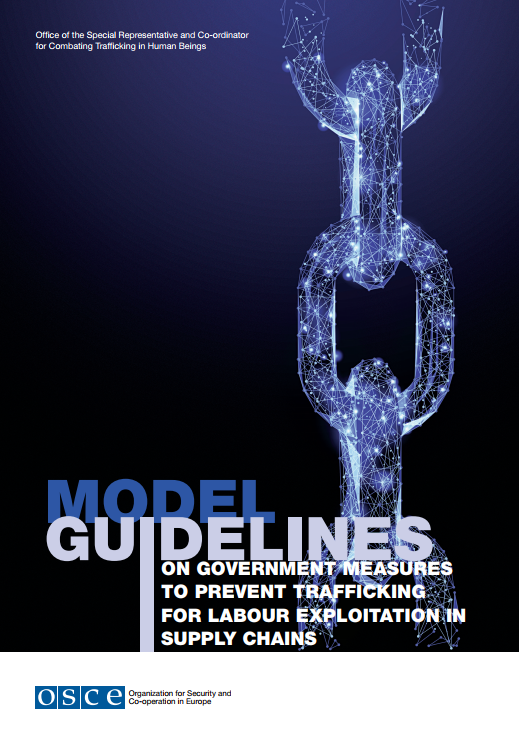What works: Lessons learned in survivor inclusion
GuidanceThe participation of modern slavery survivors in program development, implementation, and evaluation is crucial to anti-slavery efforts. Working with survivor activists to shape programs based on their lived experience results in developing and...Read More

